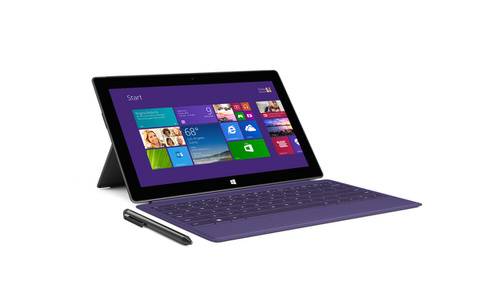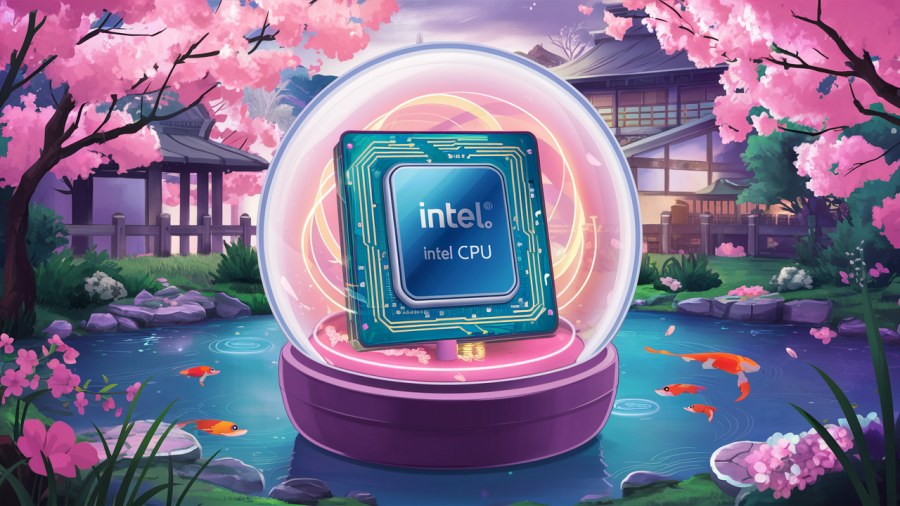Microsoft’s efforts to make itself a company all about “devices and services”—as opposed to, you know, desktop PC software—appears to be bearing some fruit. According to the company’s latest earnings report for its fiscal second quarter ended December 31, the Xbox One is off to a decent start, and even Microsoft’s much-maligned Surface tablet is showing signs of life.
True, it’s still early days, and it’s far from clear that such sales are going to re-energize Microsoft. But Redmond can use all the good news it can find these days.
Unboxing The Xbox
While the Xbox One, which launched in 13 different markets on November 22, isn’t quite as hot as the competing PlayStation 4 from Sony (at least according to sales), its sales quickly outpaced those of its predecessor gaming console. Microsoft reported sales of 3.9 million Xbox One units and 3.5 Xbox 360 consoles in the quarter. Between the two Xboxes, Microsoft owned the No. 1 and No. 3 best-selling gaming consoles in the month of December representing 46% of all sales, according to Microsoft CFO Amy Hood.

Meanwhile, the Surface tablet—which got off to a rocky start, ultimately leading to a near $1 billion writeoff for unsold Surface RT inventory—is bouncing back, at least a bit. Following release of the thinner and lighter Surface 2 in October, Microsoft said Surface revenue more than doubled from the previous quarter, jumping from $400 million in the October quarter to $893 million in the December quarter. That’s still a drop in the overall Microsoft bucket, but it’s at least headed in the right direction.
Holiday sales certainly get some credit for the increase, but improvements in the Surface 2 also appear to have played a role. Microsoft’s share of the tablet market has risen from 0.4% last year to 2.3%.
Perhaps more important, Microsoft’s tablets are actually being used. According to Chitika, Surface users generated more tablet traffic than all Google Nexus tablet users after the holidays, making it the fourth-largest source of tablet Web traffic in the U.S. and Canada. Not too shabby for a device some critics originally called “a cocktail of compromises.”
“When we launched Surface just a little over a year ago the goal was to create a product that showcased what happens when you innovate in hardware, in the service and in the software,” Hood said in Thursday’s conference call with investors. “Obviously we’ve learned a lot on this journey,” she laughed.
And Now The Bad News
Though Microsoft did exceed expectations for quarterly revenue, there are, of course, caveats galore. Among the most serious might be the fact that Microsoft’s overall consumer hardware sales are up sharply, but the profitability of those sales is falling.
Revenue from “devices and consumer hardware” rose 68% in the December quarter to $4.7 billion, up from $2.8 billion in the year-earlier period. But Microsoft is actually earning much less profit from each dollar of these sales. What Microsoft calls “gross margin” in devices and consumer hardware—basically, sales minus the cost of production—dropped 46% to $411 million, down from $762 million a year earlier.
To look at this another way, a year ago Microsoft earned about 27 cents in gross profit on each dollar of “devices and consumer hardware” sales. In the December quarter, by contrast, it earned only about 10 cents in profit on each dollar of sales. That’s before any marketing, R&D, or labor costs, by the way.
Lead and top right image via Wikimedia Commons; bottom right image via Microsoft





















